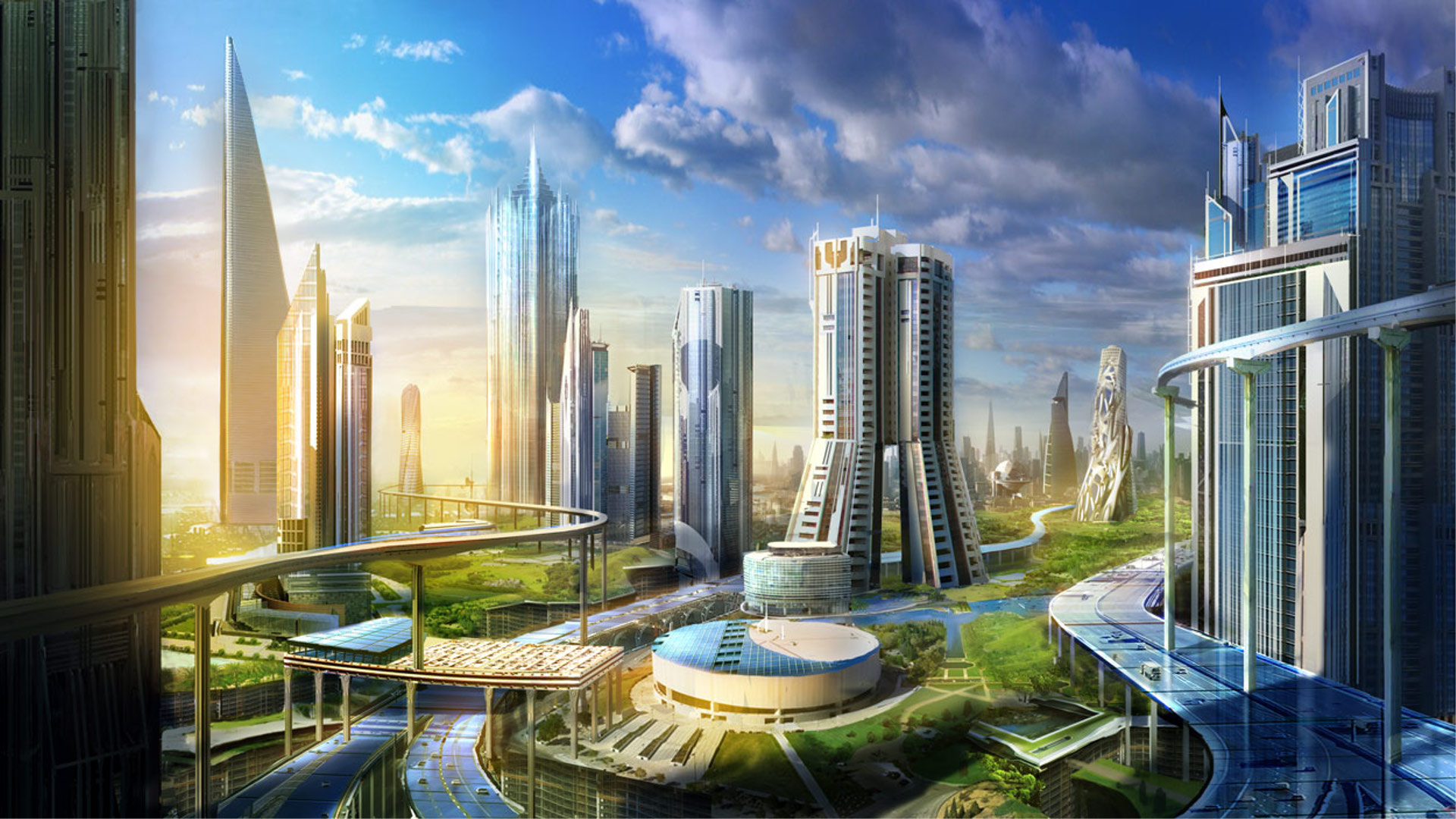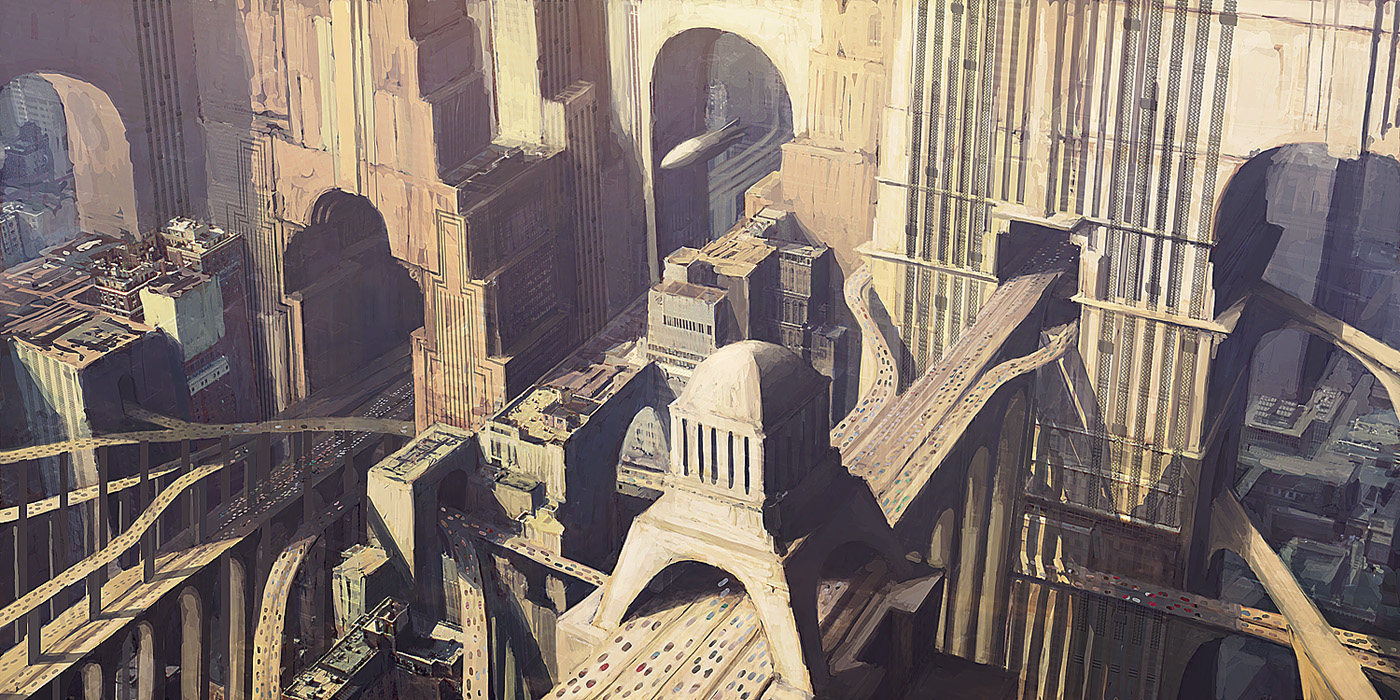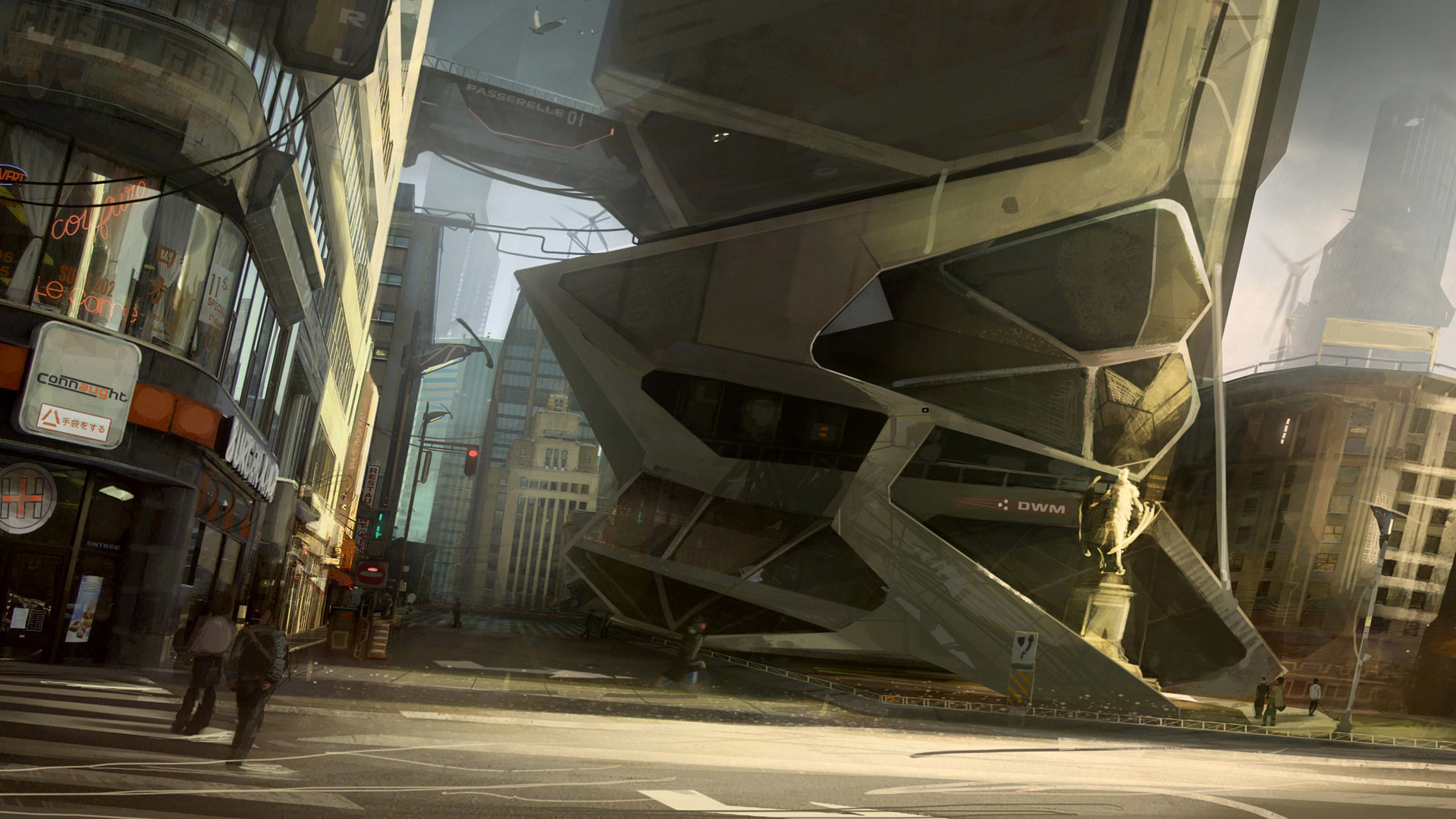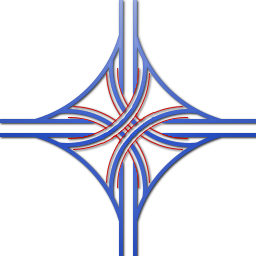.
Suppose you want to educate your fellow-citizens about proper nutrition, weight-loss, and how diet influences the health of a typical modern human. You want to become a Diet Guru. In addition, since you’re performing a service, you’d like to make some money while you’re at it.
You look at all those who have tried before you, and failed, or those who have succeeded, but whose successful adherents have gone on to curse their diet guide, because they’ve gone off their diet, and put on more pounds than ever before.
In recent decades, many diets have been centered around gimmicks: Grapefruit, or what have you. All of us recognize these gimmicks to be exactly what they are, but we have a sneaking suspicion that it just
might work. It’s like the people who go to church, who don’t believe in anything they hear there, but are nervous
just in case some of it might be true, and they might get turned into a pillar of salt, or whatever.
Many emerging diet gurus have to deal with two things: gimmicks, and superstition.
Gimmicks
These have to do with
marketing. It doesn’t matter how good your mousetrap is. It truly doesn’t.
All you have to do is to make a big fuss about it, and put up enormous billboards all over our little town, and (so the theory goes, and make no mistake: the Marketing gurus are total masters of persuading the public that marketing is all that matters, and if you’re selling your mousetrap to people who don’t have the time or the sense to check out their product, marketing is all that
does seem to matter) the world will beat a mindless path to your door. If you charge enough for your glitzy new mousetrap, it doesn’t matter if your product turns out to be totally useless: you’ve already made your money.
Foithermore, if you sold stock in your company, the stockholders are left footing the bill, or eating the losses. Everybody knows this. Or they
should.
Superstition
This has to do with education, and also a little with marketing. You see, the USA has achieved almost zero dropout rate in high school, by doing a few questionable things. Firstly, everybody is taught a vast number of things in high school, all considered basic. Since nobody is essentially allowed to drop out, these things are all pre-digested and fed to the students in tiny doses which they can easily swallow, but the vast majority of kids in school are not interested in any of this, and don’t have the mental equipment to really assimilate much of it, and therefore cannot remember it.
A basic part of grade school education is human physiology. Everybody is taught how food is digested: fats, carbohydrates and proteins are digested in different ways, and at different points in the alimentary tract. Everybody has heard the words Ptyalin, Bile, Lactase, Hydrochloric Acid, catalysis, and so on, but less than one in a hundred outside of the medical profession (or health-related professions) remembers any of that crap.
Everybody learns the circulatory system in school. You know about the aorta, the pulmonary vein, the arteries, the capillaries, the veins, the lungs, the brain, the heart, the left ventricle, and so on and so forth. Most people don’t give a damn about any of this. You were told that the digested food
enters the bloodstream, but you weren’t probably told that the food you eat keeps waltzing around your body until it gets either used up, or dumped somewhere.
If someone asks you, of course you exclaim that it is
obvious that the food travels around your bloodstream until it is used up, or deposited somewhere. That’s
obvious, you iterate. But just do
not have a mental picture of a cheeseburger being helplessly hauled all over your body until some muscle mercifully puts it out of its misery by either burning it up, or allowing it to take a nap in its cells. (A very long nap, which could last about 20 years.)
Instead of actually believing what they were taught in school, many folks end up believing various superstitions.
Americans are a superstitious people. Many of the superstitions are about cholesterol and carbs and calories and steroids and sugars and saturated fats and Olive oil.
Many of these superstitions were actually created by
diet gurus, or their
marketing consultants. Marketing consultants have rules of thumbs that help them sell things. Unfortunately for all of us,
many of us have discovered that our lives are made easier by using these same rules of thumb. Things would be a lot easier if I used these rules of thumb, too, and many of my fellow-teachers use them too. A major one is to
create useful superstitions. The superstitions, of course, are useful for the diet guru, or the teacher, but ultimately not for the consumer or the student. It gets the consumer or the student doing the right thing quickly and easily, but once you want the consumer (or the student) thinking about the information in a more sophisticated way, the superstition actually
gets in the way.
One of the most recent inventions is the idea that
gluten is bad for you. There are many reasons that gluten might be bad for one:
Celiac Disease, if you have it, means that gluten aggravates it painfully. For various reasons, it has been reasoned, that gluten is bad for
everybody. At present, as far as we know, only fewer than 1% of people have an adverse reaction to gluten.
However, you probably know that a lot of your friends are sort of addicted to pizza, or pasta. Arguably, it is the elastic, chewy characteristic of pizza dough, and the sweet taste of the tomato sauce that makes pizza taste so good (though most of us are under the illusion that it is just the melted cheese that is the miracle ingredient). Many of us are also addicted to bread (and butter!), so if a diet guru can turn you off of gluten, which means all sorts of bread products, that immediately removes a whole lot of pizza and bread from your diet, and we all know that all our friends who adore those two foods are well on their way to being Pilsbury Doughboys.
I do not know, not being in the inner circle of those who undertake food research, whether gluten is clinically addictive. But it seems a far cry from educating people to avoid gluten because it is possibly addicting, (and because it is usually accompanied by a ton of starch!) to
telling them that wheat is bad for them. Gluten itself is a useful protein, and was an important component of the diet of vegetarian Seventh Day Adventists, for instance. You may not approve of the denomination, but, for any of us not suffering from Celiac Disease, gluten seems to be, from what little I know, a perfectly reasonable food to be eaten in moderation.
Like my spouse, if you find it impossible to eat gluten in moderation, and if you find that eating a little gluten (in any bread or wheat you might eat) at any time of the day makes you hungry all day long, then clearly you could make greater loss in your weight (if you want that) by staying away from gluten, but remember: it is really the extra calories that we’re
really trying to avoid. If you happen to ingest a little gluten, there’s
absolutely no need to induce vomiting.
But doesn’t it seem silly to you, to create a whole
wheat is bad for you superstition, just to get you to avoid eating gluten, in order to lose weight? Must we swallow lies, in order to do what is best for us? This is what religion is, you see. Don’t bully your sister, or Santa will give you coal for Christmas. This is what we’ve come down to, because everyone
wants to be treated like a kid, because being adult is just a little too difficult for us! (In fact, one author actually made a point that
whole wheat is
very bad for us. Why? Because people tend to eat a little more whole wheat, believing that a lot of whole wheat is better than a little white bread. Good calories do
not offset bad calories. Good calories are
preferable to bad calories. Choose between them, and eat just a little of the one you have chosen. You cannot cancel out calories with calories, generally speaking. They all add up. But if you don’t exercise very much, every additional calorie is going to settle in for a long stay.
[How about negative calories? You may have heard that certain foods, such as cauliflower and broccoli, actually use up more calories from your body than they contribute. Is this true? Yes. These vegetables are mostly fiber, so they provide a feeling of satisfaction, or fullness in your stomach, without contributing calories. They do have a little carbohydrate in them, but the stomach has to work so hard (and so long) to digest those foods that you use up more calories in digesting them than you get back from them. Unfortunately they stay in your intestines so long undigested that they survive far, far down your 22 feet of guts, where certain sorts of bacteria get hold of them. Unfortunately, the digestive process of these bacteria create a little gas, which many people feel uncomfortable about. Eat broccoli or cauliflower early in the day, so that the methane finds its way out before you go to sleep, or you’ll be rolling about in bed. Maybe. Making like a gas well for an hour or two is probably well worth the loss in weight you might experience.]
You might know lots of other superstitions, that might have started out well-intended. In fact, budding diet gurus, as I said, actually manufacture superstitions, to get their clients to lose weight, and experience seems to show that the superstition works better, at least in the short run, than the actual information.
So if you’re a diet guru wannabe, (1) you have to identify some old superstitions that are getting in your way, and mark them for attack. (2) make up some new superstitions of your own, and keep hammering them. The sexier they are, the better name you make for yourself. Make your money, and leave town before your people go off their diets.
I
know what I have to do to lose weight.
(1) I have to eat moderately. Eating a big breakfast actually helps me eat less the rest of the day, so I eat an egg or two for breakfast, whenever I have the time to do it. I start work at 7:45 on some days, and it’s hard to get motivated to eat in time to get to work. I try to eat moderately at lunch, and
very moderately at supper.
(2) Remember, your food finds its way into your arteries. It’s that simple. There is no special delivery system for food; food and oxygen slosh along together in the blood. Blood is a mixture of Oxygen, protein, sugar, fat, water, and
hormones, which are essentially switches for the body to respond to some condition in a concerted way (all at once). In the mornings, when you’re walking about, the food can get used up fairly easily.
At night, if you’re asleep, not only does the food not get used up, it doesn’t travel far from your intestines (which is where they got into the blood, obviously), so it gets deposited close to your belly. Men and women with big bellies (including me) eat late at night, and
aren’t active after that last meal. If you kept working for about an hour after your last meal for the day, doing the laundry, walking the dog, whatever, you’re less likely to develop a big belly, but you might gain weight uniformly all over, if you don’t use up the food efficiently. If you use up
all your dinner, you will
not gain weight at all.
(3) I’m guessing here, but if you’re concerned about cholesterol, keeping active after each meal ensures that fat deposits are not made close to the heart, but (if they’re made at all) uniformly throughout the body. Furthermore, occasional
vigorous activity helps flush away fat deposits from
the heart itself. There is a certain amount of blood circulation going on in the walls of the heart itself, just like the engine oil that circulates around the pistons in your car engine. (You must realize that the engine oil doesn’t normally go
inside the pistons: that space is reserved for the gasoline-air mixture, which will be ruined by lubricating oil.) The blood that the heart itself uses must be kept free-flowing, and fat deposits in the blood vessels of the heart means that it will start to have problems, and it usually signals blood starvation by flashes of pain. If the blood is completely blocked, you have a heart attack.
Fat in the bloodstream is not good, but a tiny bit is ok. Generally speaking, thin oils, like olive oil, is better than thick oil, like lard, and less oil is better than more oil.
(4) To get rid of stomach fat, exercise focused on the stomach has to be used. If you lose weight all over your body, some of the stomach fat will go, too. But if you want to do body-sculpting, you have to do some exercise that will use up the fat in your stomach.
Again, I’m no expert, but the body prefers to use sugar (specifically glucose, and other sugars must first be reduced to glucose) as fuel for doing work. If you keep doing steady work for about 20 minutes, from what I have been told, the body begins to use stored-up fat reserves. (Remember, this happens only after it has used sugar for a while.) So --and I realize that this might be a superstition too, and I urge you to back this up with your own reading-- if you do 25 minutes of stomach exercises, you use up sugar for the first twenty minutes,
and then burn stomach fat for the remaining 5 minutes. Whichever muscle is being exercised, it grabs fat from the closest fat location.
If you’re suddenly required to lift a heavy weight, or to sprint a short distance, the body
“burns up” protein to do it
. The burned protein creates lactic acid in the muscles, which manifests itself as a cramp. Once the lactic acid is spread away from the muscle that had to bear the brunt of the exertion, the cramp subsides. But, as you can see, doing sudden, intense exercise
does not burn fat, but burns (or, more properly, consumes) a little of your muscle tissue. Only
steady exercise burns sugar and fat, so to help keep your heart healthy by flushing out fat deposits from the walls of your heart, you need (occasional)
steady intense exercise. This is why aerobic instructors make you do jumping jacks; it increases the heart rate dramatically, but doing
one enormous jumping jack will probably just use up a little protein. The same goes with bench-pressing an enormous weight.
Very recently, I learned something very depressing. Apparently all your stomach fat is
not stored in the actual muscles of your stomach; a lot of it is stored around your organs: the liver, the heart, the pancreas, the kidneys, etc. It is not really attached to any muscles you can exercise, so by working on your abdominals (my sources claim), you cannot get rid of
all your belly fat. On the other hand, when I try to feel how thick my abdominal muscles are, they
do feel soft and flabby, so I don’t know whom to believe...
(5) It is obviously important to work with your own addictions and eating habits, and if you’re so feeble-minded that you
cannot succeed without swallowing some weird superstition, well, do what it takes. There is a new diet making the rounds called the Wheat Belly Diet, which will probably work for those whose weakness is pasta, pizza and bread. Once in a long while, it may be as well to give in to your cravings and eat an occasional pizza slice. Some folks just do not do well with long periods of deprivation.
So, firstly, eating sensibly will ensure that I don’t
gain any more weight. To actually lose weight, I have to do some sort of exercise, and I walk the dog every once in a while. This doesn’t really work, because she doesn’t keep up a steady pace, and stops to sniff at every tree and fire hydrant. But a really long walk does burn up some calories, and some activity after supper helps me deposit my supper all over, rather than all near my guts.
If you’re a Diet Guru to be, do us all a favor, and encourage your clients to incorporate exercise in their regimen. Diet alone
will not work, unless you’re like, 15 years old, in which case you probably should not normally have a weight problem.
Finally, there was something I read that said that extra
Insulin in the bloodstream encourages the conversion of carbohydrates and sugars in your bloodstream
into fats. Man, I’ve never heard a better argument for postponing the use of Insulin injections. But if you need Insulin injections to keep your body functioning, I guess you have to cope with this additional problem.
Arch

































